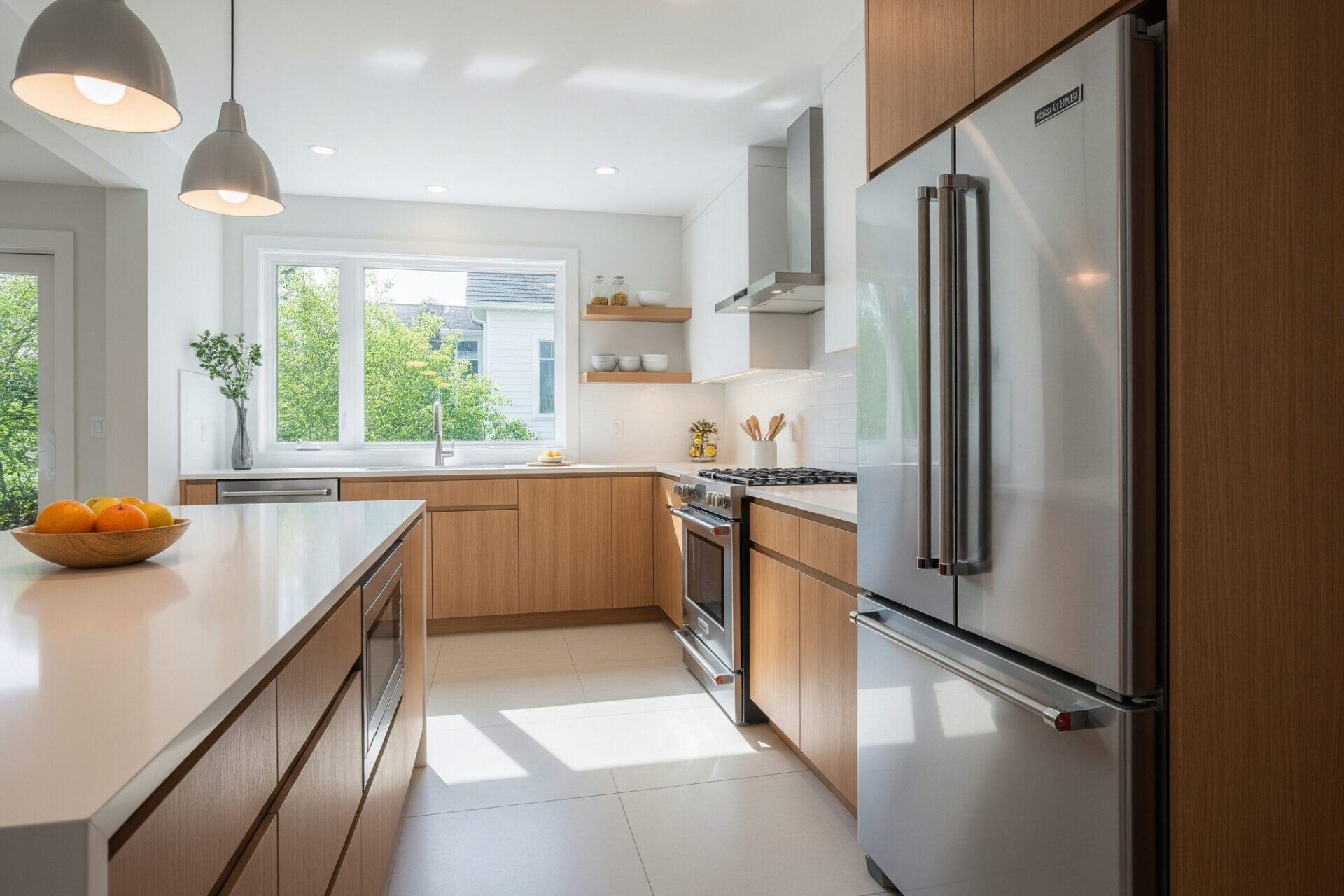
Question: Why Do Old Refrigerators Last Longer Than New Ones?
Answer: Old refrigerators often lasted longer due to simpler designs, more robust components, and less reliance on complex electronics. Modern refrigerators prioritize energy efficiency and features, sometimes at the expense of longevity.
Refrigerator Lifespans: Then and Now
Consumers often observe that older refrigerators seem to outlast newer models. This observation prompts the question: why do old refrigerators last longer than new ones? Several factors contribute to this perceived difference in lifespan. Manufacturing processes, technological advancements, and consumer behaviour all play a role. This article explores these factors, providing a clear and concise explanation for this phenomenon. We will examine the evolution of refrigerator technology, changes in consumer expectations, and the economic realities of appliance production. Understanding these elements helps explain the difference in longevity between older and newer refrigerators. This exploration offers valuable insight into the appliance market and consumer choices.
We’ll explore the differences in design, manufacturing, and usage between older and newer models. We will examine how simpler technology, durable materials, and different consumer habits contributed to the longevity of older refrigerators. We will also discuss how modern features, planned obsolescence, and cost-effectiveness influence the lifespan of newer appliances.
Simpler Technology, Longer Life
Older refrigerators relied on simpler technology. These appliances used basic mechanical components and electromechanical thermostats. These straightforward systems proved remarkably reliable. Fewer parts meant fewer opportunities for failure. Repairing these refrigerators often involved simple fixes.
Modern refrigerators utilize electronic controls, digital displays, and complex cooling systems. While these features offer convenience and efficiency, they introduce more potential points of failure. Diagnosing and repairing these issues often requires specialized tools and expertise. This complexity can make repairs more costly and time-consuming.
Click here to read more about Blue Kitchen Refacing
Related Article: How To Choose a Good Refrigerator?
Related Article: All About Refrigerators
Changing Consumer Habits and Expectations
Consumers once viewed appliances as long-term investments. They repaired appliances rather than replacing them. This mindset encouraged manufacturers to produce durable goods. This repair-oriented approach contributed to the longevity of older appliances.
Today’s consumers often favour replacement over repair. The availability of affordable appliances makes replacement a viable option. This consumer behaviour influences manufacturing practices, shifting the focus from long-term durability to cost-effectiveness. This change contributes to a shorter lifespan for many modern appliances.
The Role of Planned Obsolescence
Planned obsolescence, the practice of designing products with a limited lifespan, plays a role in the shorter lifespan of some modern appliances. While not always intentional, manufacturers often balance durability with cost-effectiveness. This balance can result in products that require replacement sooner.
Consumers constantly seek newer models with updated features. This demand for the latest technology encourages manufacturers to release new products regularly. This constant cycle of innovation contributes to a shorter lifespan for many modern appliances.
Cost vs. Longevity: The Modern Dilemma
Modern refrigerators offer advanced features and improved energy efficiency. These features often come at a cost. Manufacturers must balance the demand for these features with the need to keep appliances affordable. This balancing act can influence the materials and manufacturing processes.
Consumers demand affordable appliances. This demand influences manufacturers to prioritize cost-effectiveness over extreme longevity. While modern refrigerators may not last as long as their older counterparts, they offer advanced features and greater energy efficiency at a lower price point.
Conclusion: A Shift in Priorities
The perceived longer lifespan of older refrigerators stems from a combination of factors. Simpler technology, durable materials, and a repair-oriented consumer mindset contributed to their longevity. Modern refrigerators prioritize features, efficiency, and affordability, often resulting in a shorter lifespan. Understanding these factors provides valuable context for consumers considering appliance purchases. This knowledge empowers consumers to make informed decisions based on their individual needs and priorities.
While newer refrigerators might not match the lifespan of older models, advancements in technology and efficiency represent significant progress. Consumers must weigh their priorities, balancing cost, features, and expected lifespan. The appliance market continues to evolve, offering consumers a wider selection of options than ever before. This evolution drives innovation and provides consumers with choices that best suit their individual needs and preferences.

Blue Malue Get in touch with Blue here.
